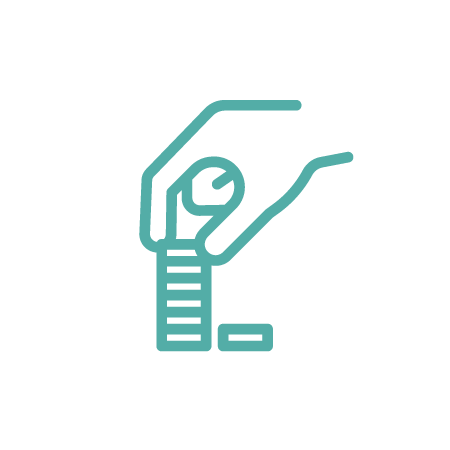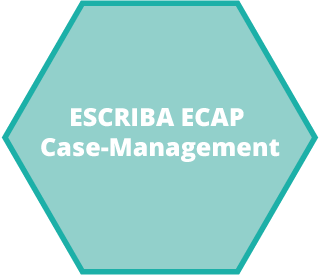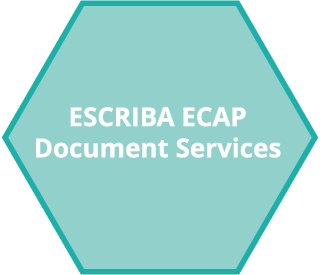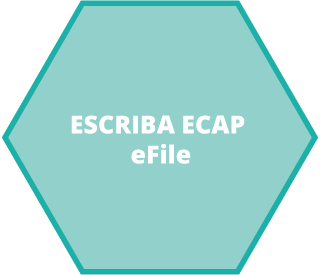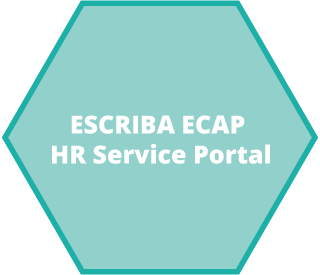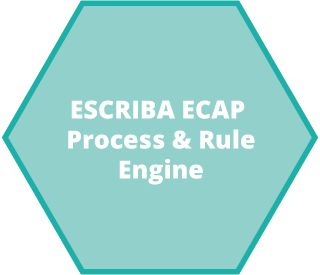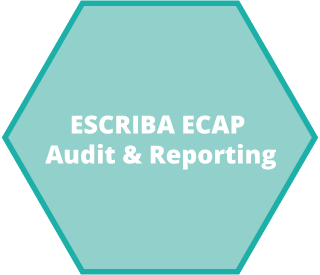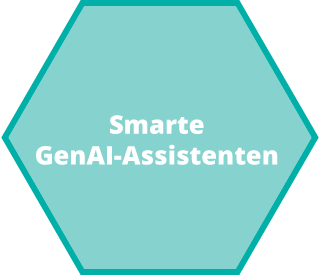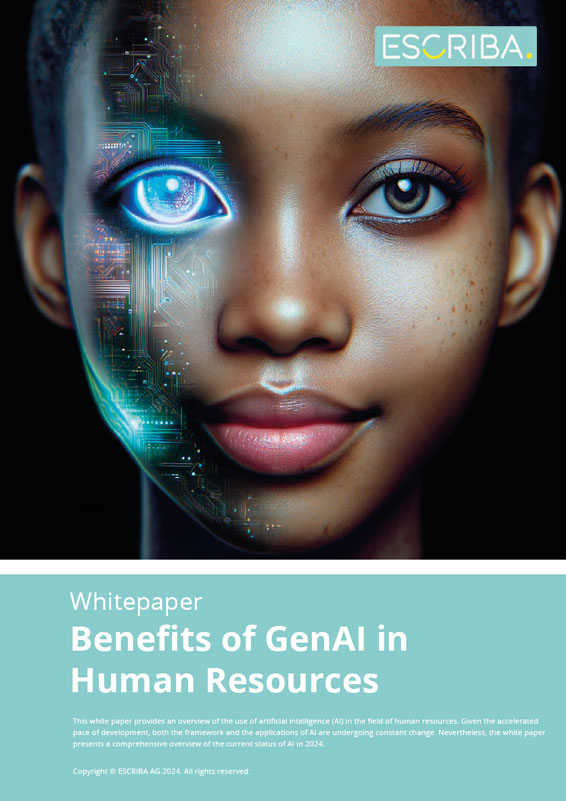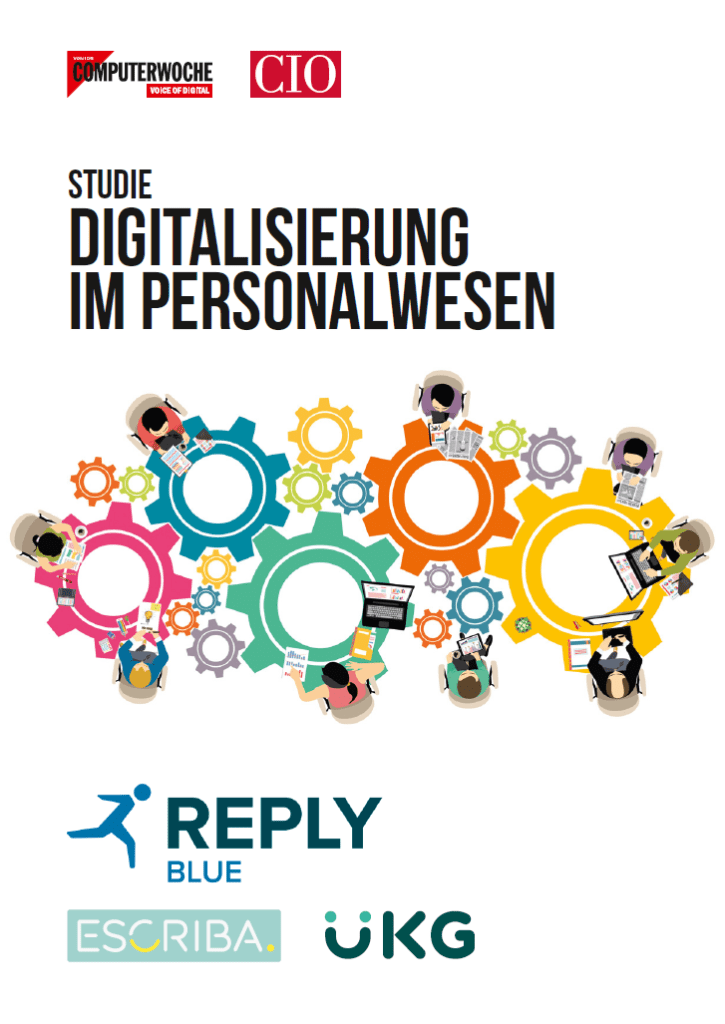According to a study by Computerwoche and CIO, HR departments are less digitized than other areas of the company. Although HR departments are highly skilled in IT and generally use powerful and specialized database and management systems, such as SAP HCM, SuccessFactors, or Workday, they struggle to fully map their processes. Obstacles include the complexity of HR processes and the difficulty of fully integrating document creation. The interaction between applications on the company’s own server and the increasing use of the cloud exacerbate the difficulties.
With HR Service Manager, functional gaps can be closed quickly and effectively. Either by implementing out-of-the-box applications or by rapidly developing custom applications for you. Our solutions are always easy to use and can be extended to include future technologies such as AI-based applications. Thanks to Generative Artificial Intelligence (GenAI), digital HR assistants such as RoBERTa can also be used.



